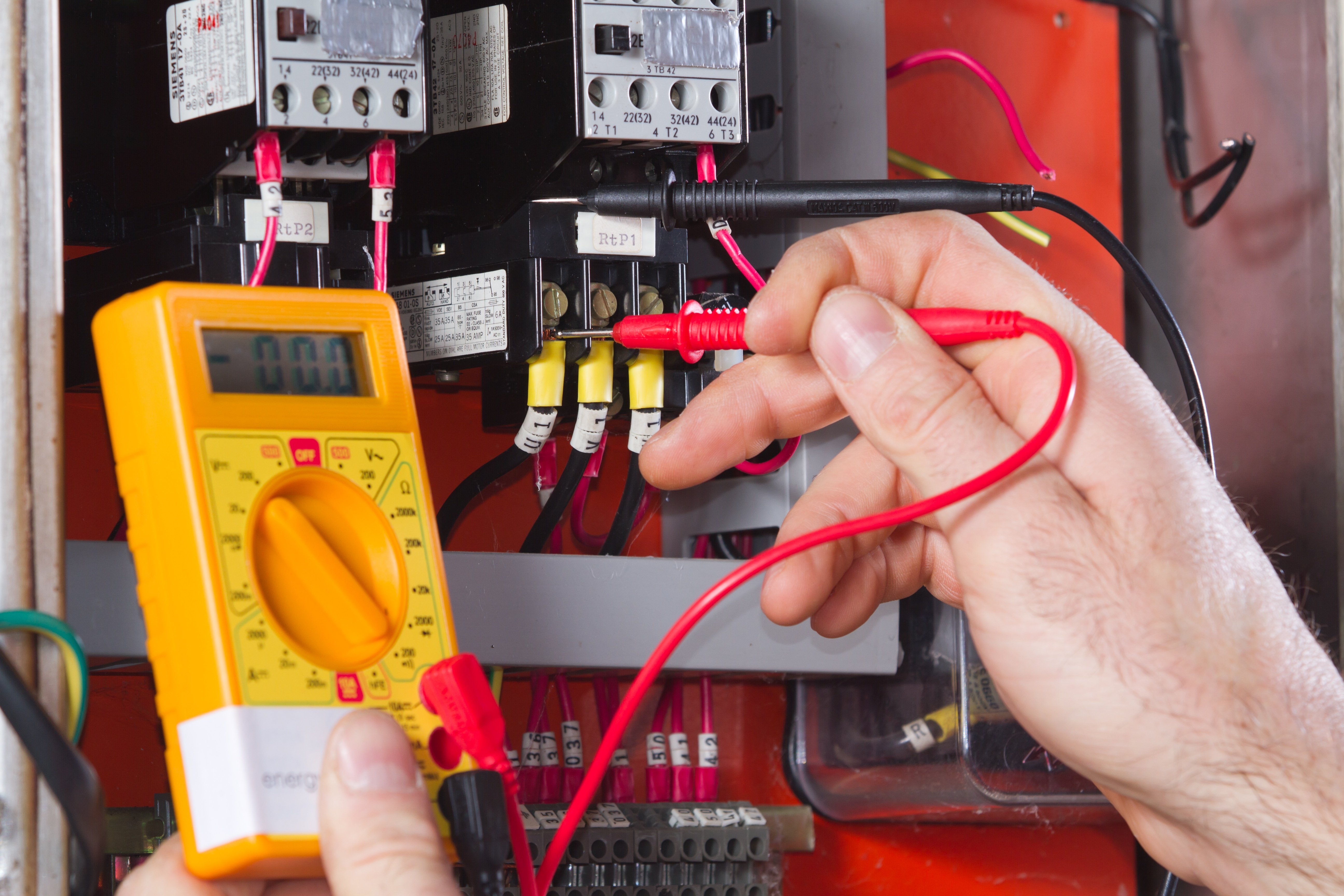Debunking Electrical Setup: Understanding Codes and Rules for a Lawful and Safe Setup
In the world of electrical setup, adherence to codes and regulations is critical to make certain both legitimacy and safety. The trip to demystifying electric installment goes beyond simple knowledge with guidelines; it requires a profound understanding of how to execute secure electric techniques successfully.
Significance of Electrical Codes
The adherence to electrical codes is critical in guaranteeing the safety and security and reliability of electric setups. Electrical codes function as a set of criteria and guidelines that determine the correct layout, installation, and upkeep of electric systems. These codes are established to decrease the risk of electrical risks, fires, and other security worries that might emerge from faulty electric work.

Moreover, electric codes are consistently upgraded to incorporate brand-new innovations, ideal methods, and safety actions. Staying upgraded with these codes is important for specialists in the electrical sector to guarantee that their job meets the most recent safety requirements. Inevitably, the importance of electric codes hinges on developing a protected and reliable electric infrastructure that profits both people and communities.
Secret Rules for Safety
A number of fundamental laws regulate the safety and security requirements in electric installments. One vital guideline is the National Electrical Code (NEC), which offers standards for secure electric design, installment, and assessment to safeguard people and building from electrical risks. The NEC covers aspects such as wiring methods, grounding, overcurrent protection, and devices setup to make sure a secure electric system.
An additional important policy is the Occupational Safety And Security and Health And Wellness Management (OSHA) standards, which focus on the security of workers included in electrical installations (BRE Automation Australia). OSHA policies consist of demands for proper training, safety procedures, and individual safety tools to stop workplace crashes and injuries
Additionally, the International Electrotechnical Commission (IEC) criteria intend to harmonize electrical installation policies on a global range. These criteria address issues like electrical devices safety, electromagnetic compatibility, and power effectiveness to promote harmony and safety and security in electrical installations worldwide.
Conformity with these crucial laws is important to make certain the security and legitimacy of electric installations, safeguarding both people and residential property from the risks related to electrical power.
Comprehending National Electric Code
Secret regulations such as the National Electrical Code (NEC) give vital standards for risk-free electrical layout, setup, and assessment to guarantee the defense of individuals and residential property from electrical risks. The NEC, additionally referred to as NFPA 70, is an extensive set of requirements for electric installments that are updated every three years. It is created by the National Fire Defense Organization (NFPA) and is commonly embraced across the USA.
The NEC covers numerous elements of electrical job, including electrical wiring approaches, grounding, overcurrent defense, and equipment setup. It intends to secure individuals and home by resolving potential threats related to electric systems. Compliance with the NEC is commonly implemented by local authorities having territory (AHJs), such as developing code authorities and assessors.
Recognizing the NEC is crucial for electrical professionals, designers, and inspectors to make sure that setups satisfy the necessary safety demands. By sticking to the NEC guidelines, experts can aid stop electric crashes and make certain the integrity of electric systems in residential, commercial, and commercial settings.

Conformity With Regional Building Codes
Comprehending and adhering to local building codes is necessary for ensuring the safety and security and compliance of electrical setups within a particular jurisdiction. These codes detail particular needs for electric setups, such as the type of electrical wiring to be made use of, positioning of electrical outlets, basing methods, and lots capacities.
When it comes to electric setups, failing to comply with local structure codes can result in severe consequences. Non-compliant installments may posture safety and security dangers, enhance the threat of electric fires, and lead to pricey penalties or legal problems.
Ensuring Safe Electric Practices
Practicing stringent adherence to established safety and security procedures is essential in the field of electrical installations to minimize potential threats and guarantee the wellness of individuals and residential or commercial properties. Safety in electrical work encompasses different facets, starting with the appropriate training of employees associated with installment, upkeep, and repair service. It is vital to comply with maker directions diligently when dealing with electrical elements and devices. Prior to commencing any type of work, it is crucial to perform an extensive danger analysis to identify potential risks and execute safety nets. Utilizing personal protective devices (PPE) such as protected handwear covers, safety and security glasses, and non-conductive footwear is non-negotiable to protect against electric shocks and arc flashes. Normal devices examinations, screening, and upkeep timetables are indispensable to spot and correct faults prior to they escalate right into security hazards. Adherence to correct lockout-tagout procedures during upkeep tasks is essential to protect against unintended energization of circuits. By focusing on risk-free methods, electrical setups can function effectively while minimizing the possibility of accidents or damages. BRE Electrical Melbourne
Conclusion
To conclude, adherence to electrical codes and regulations is critical for making sure the safety and security and validity of electrical installations. Comprehending the National Electric Code and compliance with local building regulations are crucial for a secure configuration. By following these guidelines and practicing risk-free electric practices, people can prevent prospective threats and guarantee the appropriate performance of their electrical systems.